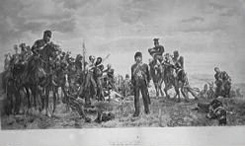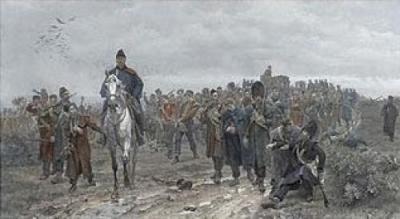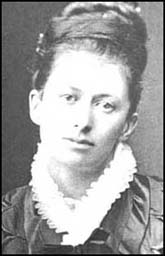
Zaidan Gallery
|
(3 November 1846 – 2 October 1933) |
|
|
This Print is in Black & White Original Print
Make Offer |
This Print is in Black & White Original Print
Make Offer |
|
The Remnants of the Light Brigade Hussars, Lancers, and Light Dragoons) returning from the disastrous charge during the Battle of Balaclava, 25th October 1854 |
The Return from Inkerman The siege of Sebastopol teemed with tragic episodes and Inkerman was one of the most tragic of them. As Henry Russell says, "The Battle of Inkerman admits no description. It was a series of dreadful deeds of daring, of sanguinary hand to hand fights, of despairing rallies, of desperate assaults in glens and valleys, in brushwood glades and remote dells, hidden from all human eyes." The besiegers were themselves threatened with investment, and once more it was necessary to defend, at all costs... |
|
Elizabeth began receiving art instruction in 1862, while growing up in Italy. In 1866 she went to South Kensington, London and entered the Female School of Art. She became a Roman Catholic along with the rest of the family after they moved to Florence in 1869. While in Florence, under the tutelage of the artist Giuseppe Bellucci (1827 - 1882), Elizabeth attended the Accademia di Belle Arti. She signed her works as E.B.; Elizth. Thompson or Mimi Thompson (she was called "Mimi" from her childhood).[ Initially she concentrated on religious subjects like The Magnificat (1872), but upon going to Paris in 1870 she was exposed to battle scenes from Jean Louis Ernest Meissonier and Édouard Detaille, and switched her focus to war paintings. With the painting Missing (1873) a Franco-Prussian War battle scene, depicting the common soldiers' suffering and heroism, she earned her first submission to the Royal Academy. After The Roll Call was shown in 1874 at the Academy, she became a nineteenth century celebrity, due to the paintings' immense popularity. |
|


 Elizabeth Thompson was born at Villa Claremont in
Elizabeth Thompson was born at Villa Claremont in